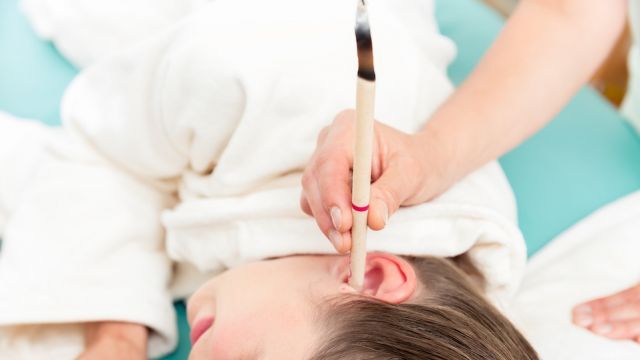
Every part of your body should be treated with care and respect, including your ears. Unfortunately, many people abuse their ears and take hearing for granted, while subjecting the delicate organ to extreme stress. Even if you haven’t ever had any problems with your ears, it is critical that you practice proper ear care now to prevent potentially permanent damage. Here are just a few things that you should keep far away from your ears.
Cotton swabs
Admit it, at some point in your life; you have stuck a stick with cotton on the end of it directly into your ear, knowing that the box specifically says NOT to do this exact thing. If you still think this is a good idea, it’s time to finally realize that there is nothing healthy, helpful, or safe about this practice. Okay, so you know it’s wrong. But what exactly is the problem? Isn’t it a good thing when all of that wax comes out of your ear canal, and your ears feel fresh and clean? Actually, no. Earwax isn’t bad or dirty. In fact, your ears need wax to function properly and removing it can let in all sorts of bacteria and debris. Plus, cotton swabs often don’t even remove the wax, they simply scrape the surface and push the rest of the wax deeper into your ear canal, leading to hearing problems and wax buildup. If that doesn’t scare you enough, impacted wax may cause you to need a procedure known as ear syringing or irrigation, which isn’t exactly a roaring good time.
According to Cedars-Sinai Medical Center, “cotton swabs can cause punctured eardrums and hearing loss. In severe cases, the cotton swab can damage many sensitive structures behind the ear canal and cause complete deafness, prolonged vertigo with nausea and vomiting, loss of taste function, and even facial paralysis.”
You can use cotton swabs to clean the outside of your ear (the fleshy folds) but never, ever stick a cotton swab into your ear canal. It can be hard to kick the habit, and you may spend a few weeks feeling like your ears are dirty or like there’s something in them, but your body will naturally get rid of extra wax and leave what is needed to protect your eardrum. You will get used to the sensation, and your ears will be healthier for it.
Loud music
Many phones have a warning when you turn your headphone volume up past a certain point, and with good reason. Blaring music directly into your ears may help drown out the drone of your morning commute or help you focus in a crowded cafe, but it can be seriously damaging. The hair cells in your inner ear that convert sound waves into electrical signals are incredibly delicate and can suffer when music is pumped too loudly through your headphones. Are your tunes really worth permanent hearing loss? Probably not. Remember this rule of thumb; if the person next to you can hear sound emanating from your headphones, it is usually too loud.
The UK’s National Health Service recommends a 60:60 rule to protect your ears from loud music and prevent hearing loss from extended exposure. Never set your audio device past the 60% maximum volume mark and do not pump music into your ears for more than 60 minutes per day. Of course, there is some flexibility with this guideline, but it is a great way to ensure that your hearing stays sharp.
Ear candle
If you’ve ever thought that sticking a tube into your ear and setting the other end on fire sounded like a good idea, it may be time to reevaluate your understanding of what constitutes a good idea. Ear candling is when one end of a thin cotton and beeswax tube is placed into the ear, and the other end is, quite literally, set on fire. Supposedly, this action creates a vacuum of negative pressure that pulls earwax into the tube and cleans your ears. Not only does it not actually create a vacuum, but it also doesn’t even remove any wax. The residue that is found in the tube is simply composed of a combination of ash and beeswax. There is absolutely no evidence to support this dangerous and strange practice, and it is frequently denounced by the American Academy of Otolaryngology.
-The Alternative Daily

